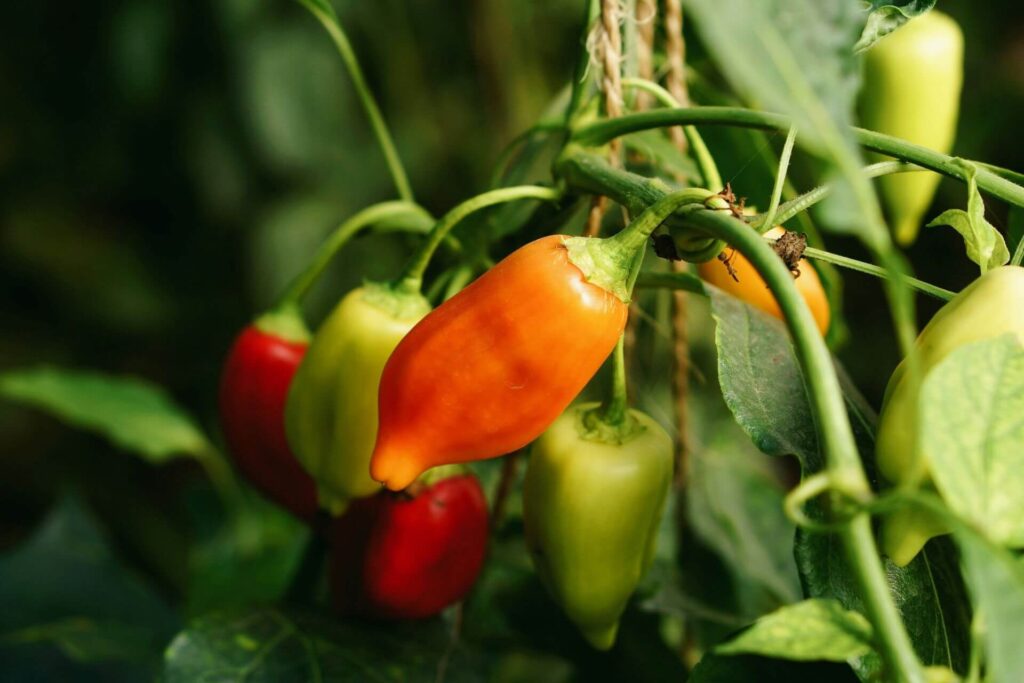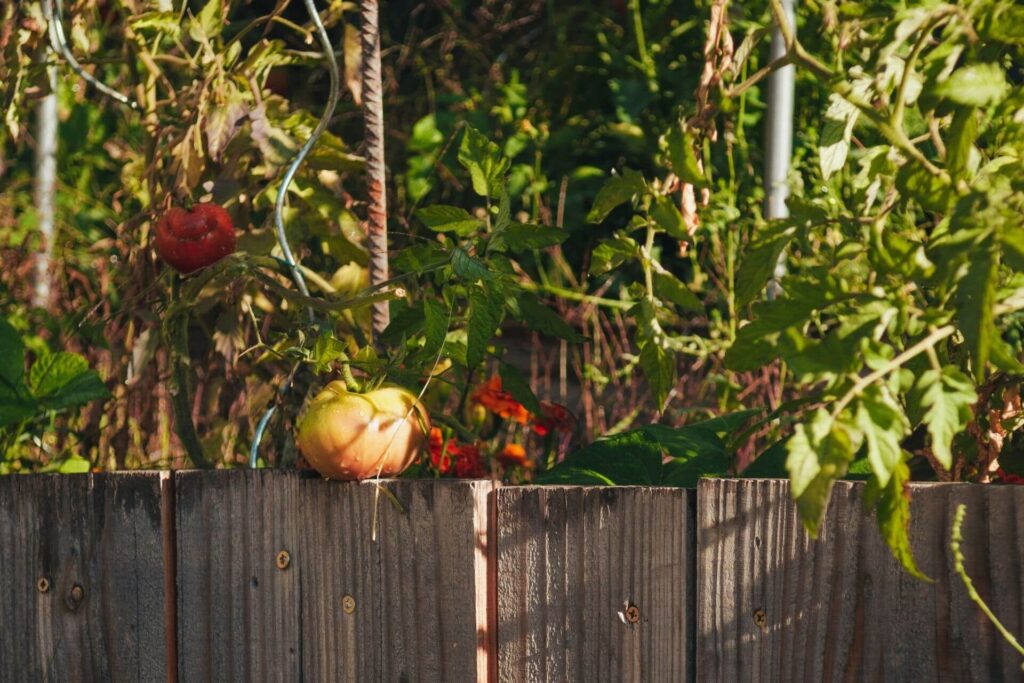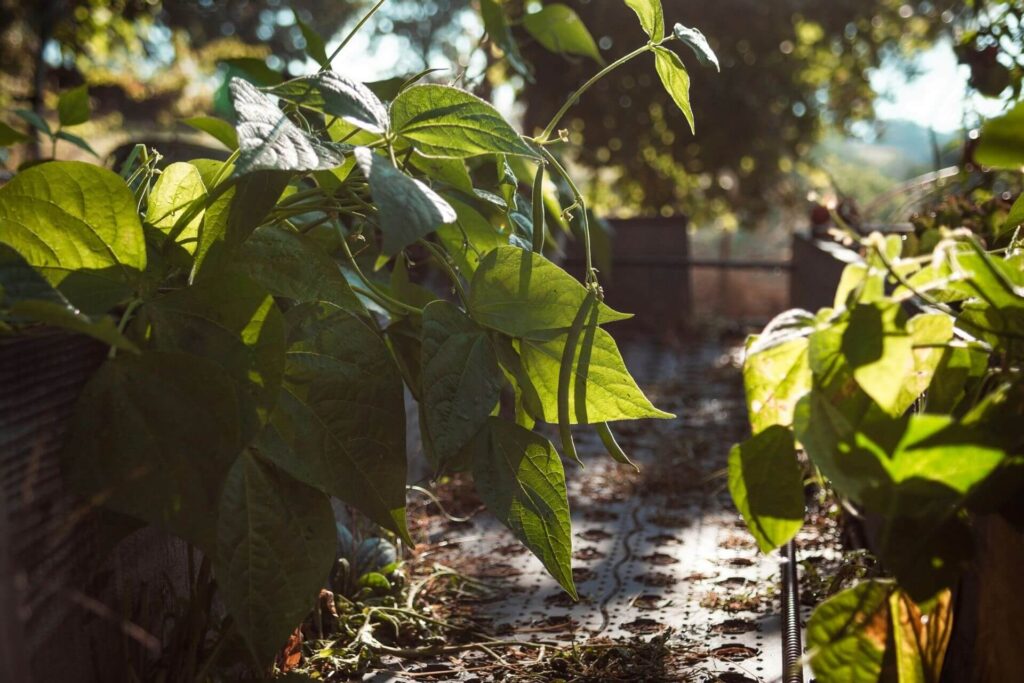Thriving vegetable beds are a sight to behold — aesthetically pleasing and impressively productive under the right conditions. Edible landscaping has emerged as a sustainable and innovative take on traditional garden designs. Whether transforming urban environments into green spaces or revitalizing rural homesteads, this approach to small-scale food production is inspiring food security and conservation.
What Are the Benefits of Edible Landscaping?

Edible landscaping is nothing new. In fact, the practice stems back to ancient European gardens and centuries-old suburban backyards. This simple gardening technique entails integrating food crops with ornamental plants, ranging from produce to herbs and nuts.
There are many reasons why people turn to edible landscapes, including the following:
- You have a better idea of where your food comes from.
- It’s far more convenient and cost-effective to grow fruits and vegetables in your landscape than to purchase them at the store.
- They boost sustainability by reducing food miles and transportation and distribution emissions.
- Edible plants improve soil health, conserve water and enhance biodiversity.
- It promotes a deeper connection to the natural environment.
- Food gardens encourage more sustainable growing methods and stabilize food security.
According to research, 10% of global farmlands will eventually be incapable of cultivating crops. This presents severe challenges and potential food shortages for the projected population of 9.7 billion people in 2050 and 11 billion people in 2100.
Already, 13.5% of American households — 18 million — were food insecure at some point in 2023. The data was significantly higher than the 17 million households left hungry in 2022. Having an edible garden at your fingertips reduces these impacts significantly.
Creating the Ultimate Food Garden

Developing an edible landscape is straightforward if you understand its design principles and the best plants to use. The rewards are also extraordinary for those who incorporate this outdoor arrangement into their surroundings. For instance, landscaping with edible plants ensures abundant yields with greater nutritional value and less exposure to harmful pesticides and fertilizers.
Principles of Edible Landscape Design
Functional edible landscapes follow these crucial design principles for fruitful harvests:
- Considers plant size, color and texture when blending food crops and ornamental plants
- Utilizes every corner of available space using raised beds, vertical structures and companion planting
- Selects the best plants that grow each season to ensure a continuous food supply
- Integrates paths and watering mechanisms for simple navigation and upkeep
- Incorporates organic farming techniques like natural pest control, composting and sustainable irrigation methods
Opting for natural pesticides in an edible garden is healthier for people, too. According to data collected from 2014 to 2021, 84% of adults and children had pesticide residues in their bodies. Synthetic products containing organophosphates and neonicotinoids, in particular, have been linked to brain cancer and type 2 diabetes.
The Best Plants for Edible Landscaping
The key to successful edible landscaping is using the right plants. The Farmer’s Almanac recommends colorful crops like strawberries and rhubarbs or fruit trees that grow apples, pears or peaches. Structures like fences, containers and trellises also allow you to incorporate vine-growing plants for height.
Here are some other ideas for landscaping with edible plants:
- Highbush blueberries, which produce berries in the summer and look beautiful during the other three seasons
- Hardy kiwi or grapes, ideal for climbing on a screen or arbor
- Raspberry and blackberry bushes for hedges
- Pole bean varieties — just protect the bottom of the plant from rabbits using chicken wire
- Herb varieties, garlic and onion to border the space — also conducive for companion planting and warding off pests
- Salad greens in raised beds or pots — also excellent cold-weather crops
- Eggplants and hot peppers for texture and color
Also, don’t forget to include edible flowers like lavender, chamomile, calendula, borage and rose. These are often great in soups, salads, teas and cocktails.
Inspiring Edible Landscaping Ideas to Consider

When designing an edible landscape, always consider the area’s year-round climate, soil structure and sun exposure to choose the right plants — this will also help you plan the ideal layout. A few inspiring ideas for functional food gardens are as follows:
- Food forests: These forests resemble the different layers of natural woodlands, including canopies, understory fruit trees, shrubs, vines and ground cover.
- Herb spirals: Herbs are cultivated in spiralized raised beds made of stone, creating a visually appealing design feature — a suitable approach to growing herb varieties with different care requirements.
- Permaculture designs: Permaculture gardens are self-sustaining, replicate natural designs, enhance biodiversity, reduce waste and create ecological resilience.
- Espalier fruit trees: Fruit trees are conditioned to grow flat against a wall or trellis to save space and add a unique architectural moment to a garden.
- Potager garden: These spaces imitate French kitchen gardens, blending vegetables, herbs, edible flowers and ornamental greenery in raised beds with walking paths and decorative borders.
Edible landscaping projects have popped up across the United States. For instance, Atlanta, Georgia, created the first urban food forest in 2016, spanning 7.1 acres of land to deliver nutritious food within a half-mile of 85% of residents by 2022. The park grows various fruits, vegetables, herbs, mushrooms and nuts to decrease food deserts in struggling, food-insecure neighborhoods.
Permaculture landscapes have also emerged throughout the United States. Since the initial proposal in 2009, 1,000 students, faculty, staff and volunteers have established five permaculture gardens at the University of Massachusetts. The food gardens are used for educational purposes and deliver locally grown food for the school’s dining commons and student farmers markets. The design even received first place in the White House Campus Champions of Change Challenge in 2012.
Edible Gardens Are the Future of Food Security
As a changing climate and unsustainable farming hamper efforts to boost food production, edible landscaping delivers a much-needed alternative. These resilient gardens can significantly supplement nutritional produce, herbs and nuts in areas struggling to make ends meet.

Leave a Reply